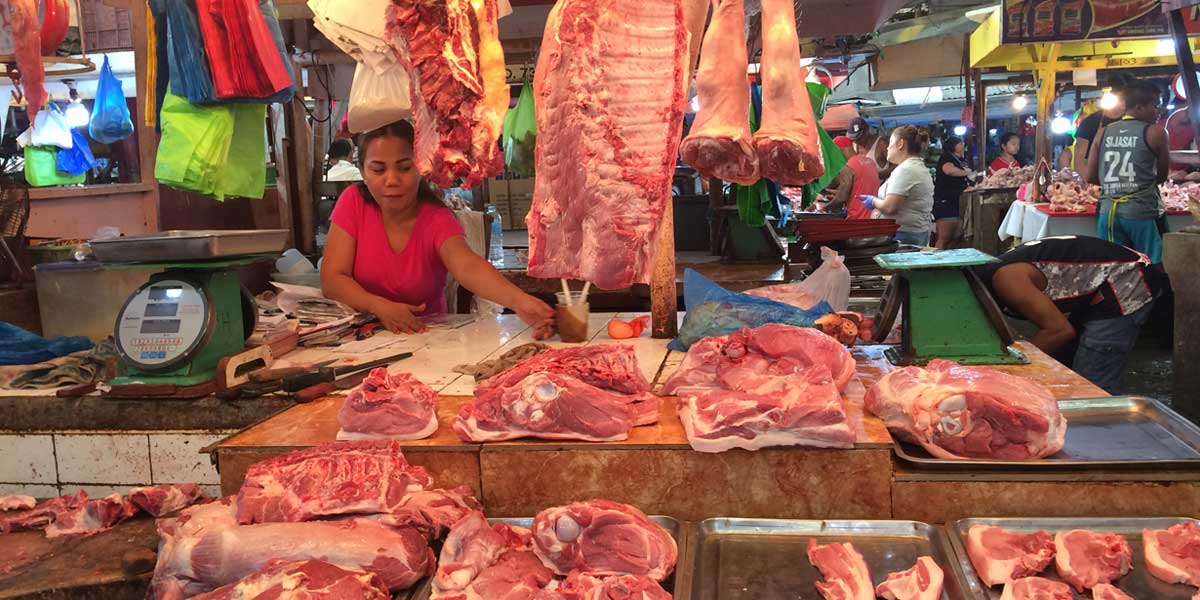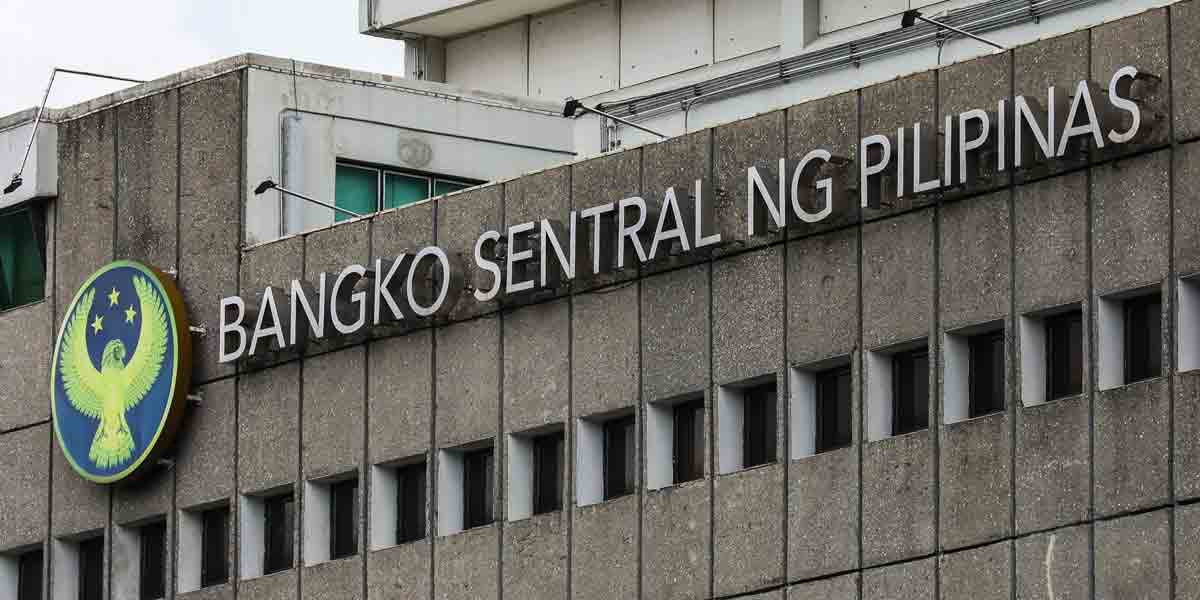
By Joseph B.A. Marzan
Inflation in Western Visayas in April 2021 eased to 4.6 percent, according to data released by the Philippine Statistics Authority (PSA) on May 5.
The data also indicated that Western Visayas is one of the regions where inflation went down in the past month.
Inflation rates are based on the Consumer Price Index (CPI), which is defined by the International Labor Organization (ILO) as the index that “measures average changes over time in prices of fixed basket of goods and services of constant quality and quantity that a reference population acquire, use, or pay for consumption.”
National inflation remained at 4.5 percent in April just like in March, lower than the February rate of 4.7 percent but higher than 4.2 percent in January.
Based on PSA’s data, Region 7 (Central Visayas) is the region with the lowest inflation rate at 1.9 percent.
Western Visayas is one of nine regions that logged lower inflation rates in April compared to March, dropping to 4.6 percent from 5.4 percent in March, and also lower than the 5.1 percent February inflation rate.
Other regions with lower inflation rates were Regions 2, 3, 5, 6, 8, 12, the Cordillera Administrative Region (CAR), CARAGA, and the Bangsamoro Autonomous Region in Muslim Mindanao (BARMM).
But the current inflation rate is still high compared to rates in the same month in the past two years – 3.4 percent April 2020, and 2.7 percent in April 2019.
The decline in Region 6’s inflation rate may be attributed to the decline in prices of the following commodity groups:
– Food and Non-alcoholic Beverages (April: 2.0 percent, March: 4.0 percent);
– Alcoholic Beverages and Tobacco (April: 17.0 percent, March: 18.5 percent); and
– Health (April: 4.9 percent; March: 5.4 percent).
Inflation rates of other commodity groups in the region either increased or remained the same as in March:
– Clothing and Footwear (April: 2.8 percent, March: 2.7 percent);
– Housing, Water, Electricity, Gas, and Other Fuels (April: 3.5 percent, March: 2.9 percent);
– Furnishing, Household Equipment and Routine Maintenance of the House (April: 2.5 percent, March: 2.5 percent);
– Transport (April: 26.0 percent, March 22.8 percent);
– Communication (April/March: 0.4 percent);
– Recreation and Culture (April/March: -1.2 percent);
– Education (April/March: 4.0 percent); and
– Restaurant and Miscellaneous Goods and Services (April: 2.7 percent, March: 2.6 percent).
A closer look of inflation rates within the commodity groups provides a better picture of the rates for each type of commodity.
For the food commodity group, only meat prices in the region went up in April, with an inflation rate of 10.4 percent against 8.5 percent in March.
Oils and fats also increased for all income households, but only slightly at 2.1 percent in April compared to 2 percent in March.
Notably, fruits and vegetables posted significant decrease, with fruits decreasing to 1.4 percent in April from 8.2 percent in March, and vegetables to -2.1 percent in April from 7.3 percent in March.
In a press conference Wednesday, PSA chief Undersecretary Dennis Mapa said the increase in national inflation is due to spikes in the National Capital Region (NCR) and other areas outside NCR.
Mapa cited inflation in pork meat, which nationally was at 57.7 percent in April and 51.8 percent in March; in NCR at 68.5 percent in April and 54.4 percent in March, and in areas outside NCR at 55.5 percent in April and 51.3 percent in March.
The PSA chief nixed the idea that the inflation spike was due to the ban on pork products from some areas in the country due to the surge in African Swine Flu (ASF), saying that the ban had already been lifted in March.
President Rodrigo Duterte imposed the ban via Executive Order (EO) No. 124 issued in February 2021.
The Department of Agriculture in February also imposed a price cap on pork and related meat products to curb price increase.
Duterte also issued EO No. 128 temporarily modifying tariff rates on fresh and chilled frozen meat to mitigate the economic effects of the ban.
“Just for comparison, the average price of fresh pork pure meat in the National Capital Region in April was at P360 per kilo, and in [March] was P329 per kilo, so it increased close to 10 percent. For fresh pork meat with bones, one kilogram for NCR average [for April] is at P331 and P302 per kilo in March, so it also rose by 9.3 percent,” Mapa said.
Mapa also said that there were no indications if community pantries had any impact on inflation, especially on the food community group.
“What we have noticed is that there have been decreases in prices like in the food basket for example, there have been lower prices for rice, corn, fruits and vegetables. I don’t know whether this is due to additional supply, lower demand, impacts of community pantries, but this has been seen in our sample outlets,” he said.
BOTTOM 30%
The PSA also released the special CPI data for Bottom 30 percent Income Households, where April inflation for this income group also fell to 4.9 percent nationally, from 5.5 percent in March.
In Western Visayas, Bottom 30 inflation also fell to 5 percent in April from 5.7 percent in March, with the following commodity groups posting downtrends:
– Food and Non-Alcoholic Beverages (April: 2.4 percent, March: 4.0 percent);
– Alcoholic Beverages and Tobacco (April: 20.9 percent, March: 22 percent); and
– Health (April: 3.3 percent; March: 3.5 percent).
Similar to inflation rates for all income households, inflation rates for the bottom 30 percent income households either increased or remained stagnant:
– Clothing and Footwear (April: 3.4 percent, March: 3.3 percent);
– Housing, Water, Electricity, Gas, and Other Fuels (April: 4.9 percent, March: 4.4 percent);
– Furnishing, Household Equipment and Routine Maintenance of the House (April: 1.7 percent, March: 1.8 percent);
– Transport (April: 33.3 percent, March 30.4 percent);
– Communication (April/March: 0.4 percent);
– Recreation and Culture (April: -0.5 percent, March: -0.6 percent);
– Education (April/March: 4.8 percent); and
– Restaurant and Miscellaneous Goods and Services (April: 2.6 percent, March: 1.7 percent).
Another similarity between the bottom 30 percent income households with the rest is that only meat rates increased for the food commodity group in the region, from 5.4 percent in March to 7.1 percent in April.
Mapa said that despite the significant rise in meat prices, vegetables had greater weight for the bottom 30 percent group.
“In our food basket, there is a difference between the bottom 30 percent income households against all income households. Vegetables have a huge contribution to the food basket of the bottom 30 percent income households. They also buy meat, but in lesser weight. There are food items which have bigger contribution to the bottom 30 percent’s food basket, which have also gone down in prices, which made the overall inflation also go down,” he said.





















